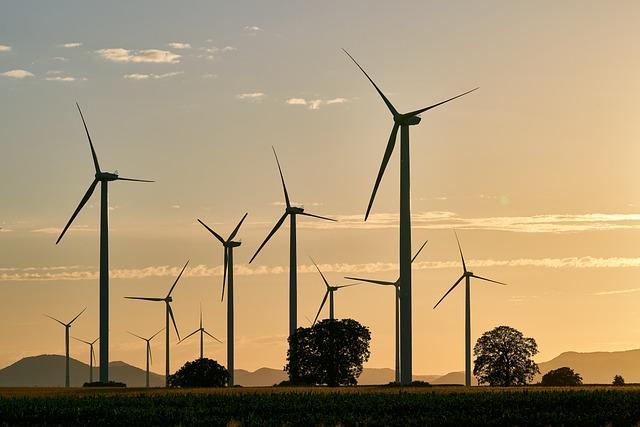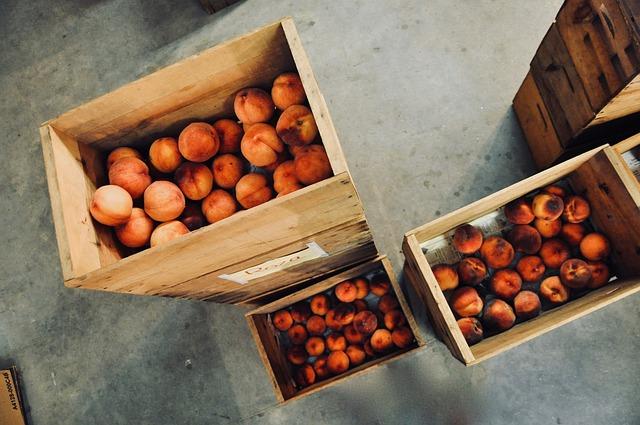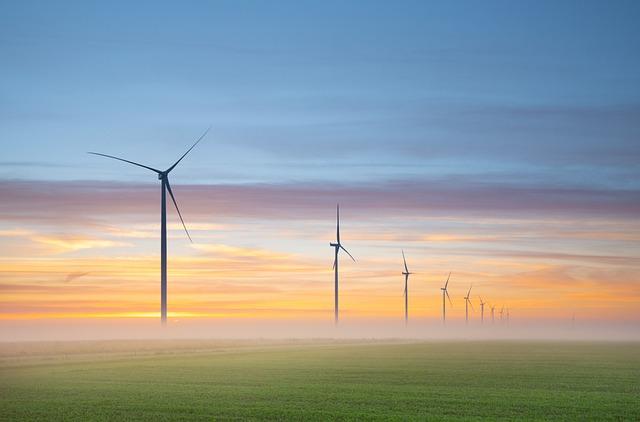- Introduction to Thermal Energy Storage
- Types of Thermal Energy Storage Systems
- Working Principle and Applications
- Advantages of Thermal Energy Storage
- Challenges in Thermal Energy Storage Implementation
- Conclusion
- FAQs
- References
Introduction to Thermal Energy Storage
The growing need for sustainable energy solutions has led to an increased focus on optimizing the energy we generate, store, and use. "Thermal Energy Storage" offers a promising approach for storing energy in the form of heat or cold, allowing for better energy balance and cost savings. This blog will delve into various aspects of thermal energy storage, including types of systems available, their working principles, advantages, and challenges.
In the sections below, we will explore:
- Different types of thermal energy storage systems—ranging from sensible heat to latent heat and beyond.
- The underlying principles of how these systems operate as well as some real-world applications.
- The advantages that make thermal energy storage a great alternative for both renewable and conventional energy systems.
- Challenges faced during the implementation phase that hamper widespread adoption despite the technology’s allure.
By the end of this guide, you will have a comprehensive understanding of why thermal energy storage is crucial, what its benefits are, and what obstacles remain toward making it a mainstream solution for energy storage.
Types of Thermal Energy Storage Systems

(Image: Pixabay/@distelAPPArath)
Thermal energy storage (TES) systems can be classified into three main types, each with its distinct method for storing thermal energy:
Sensible Heat Storage Systems
Sensible heat storage systems are perhaps the most straightforward type of TES. They store heat by increasing the temperature of a material, such as water, rocks, or concrete, without changing its phase. The energy is stored until it is needed and can be released when necessary by lowering the temperature of the storage medium.
Common applications include storing excess heat generated during industrial processes and using it later to reduce heating costs. The systems are relatively simple but lack efficiency compared to other TES methods because they require more volume to store the same amount of energy.
Latent Heat Storage Systems
Latent heat storage systems work by utilizing materials known as phase change materials (PCMs), which store large amounts of energy when undergoing phase changes, such as transitioning from solid to liquid or vice versa. These systems allow for high-density energy storage compared to sensible heat systems.
Phase change thermal materials provide higher energy storage potential in less space, although the complexity and cost increase. PCMs are often employed in building heating systems, solar energy projects, and cooling system optimization.
Thermo-Chemical Storage Systems
Thermo-chemical storage (TCS) systems use reversible chemical reactions to store thermal energy. When a reaction occurs, energy is absorbed or released in the form of heat. TCS systems are often more efficient than both sensible and latent heat storage systems and offer the added benefit of long-term storage without significant energy loss.
This technology is still being developed but shows promise in long-term energy storage solutions suited to renewable energy applications such as concentrated solar power (CSP).
Working Principle and Applications

(Image: Pixabay/@Pexels)
The essential working principle behind thermal energy storage revolves around capturing thermal energy during periods when it is not immediately required and storing it for later use. The most common forms of storage involve either heating/cooling a material (sensible heat) or exploiting changes in the material’s physical phase (latent heat). The choice of method largely depends on the specific application.
Sensible heat systems in action
Consider a solar-powered water heating system. During the day, when sunlight is abundant, the system generates excess heat that can be stored by increasing the temperature of a thermal tank filled with water. Later, at night, when direct sunlight is no longer available, the hot water can provide thermal energy for household use.
Such systems are particularly valuable in climates where solar energy peaks during the day, but energy demand is highest at night. These systems help bridge the gap between supply and demand, reducing reliance on traditional power sources.
Latent heat and Phase Change Materials (PCMs)
The use of PCMs is another exciting development in TES. PCMs can absorb large amounts of heat (or cold) without significantly changing temperature during phase transitions. When the heat is needed, the material reverts to its original state and releases the stored energy. As a result, PCMs are used in various industries, ranging from HVAC systems to electronics cooling to even textiles.
Thermal Energy in Industry
TES systems are widely adopted in industries such as food processing, pharmaceuticals, and steel production. Here, waste heat recovery TES systems can capture thermal energy produced in industrial processes and reuse it elsewhere in the manufacturing cycle, greatly improving efficiency.
Advantages of Thermal Energy Storage

(Image: Pixabay/@dariasophia)
The adoption of thermal energy storage solutions brings several critical advantages:
Energy Efficiency
TES systems improve overall energy efficiency by capturing and storing excess thermal energy for future use. This minimizes waste and reduces the need for additional power generation, especially during peak times, contributing to overall grid stability.
Cost Savings
Since TES enables consumers and industries to store surplus energy, they can avoid consuming expensive power during peak demand periods. Instead, the stored energy gets utilized during these periods, resulting in lower energy bills. In many regions, TES adoption helps consumers take advantage of differential pricing and time-of-use rates.
System Flexibility
TES provides flexibility because it decouples the energy source from demand. For instance, renewable energy sources such as solar and wind can produce fluctuating amounts of energy. By storing energy during periods of excess production, systems can tap into those reserves during times of lower energy generation or increased demand.
Challenges in Thermal Energy Storage Implementation

(Image: Pixabay/@Mondisso)
Despite the many benefits of TES, there are also challenges that limit its implementation:
High Initial Costs
One primary roadblock is the high upfront investment required for setting up sophisticated TES systems. While long-term cost benefits and energy savings may justify the investment, the initial financial burden makes widespread deployment difficult, especially for smaller businesses or installations.
Material Limitations
Another challenge centers around the availability of suitable materials that can store significant amounts of thermal energy cost-effectively. Efficient materials, such as specialized PCMs, can be expensive to produce and may degrade over time, leading to performance inefficiencies.
Regulatory and Technical Hurdles
From the regulatory side, building codes and safety standards can be a complex issue to navigate when integrating TES systems into existing infrastructure. Furthermore, the installation and ongoing maintenance of these systems can require skilled labor, adding additional constraints.
Conclusion
Thermal Energy Storage presents a powerful tool for optimizing energy systems by storing heat or cold for later use. Its ability to stabilize energy grids, improve efficiency across industries, and make intermittent renewable energy more reliable marks it as a key component of future sustainable energy strategies. While there are challenges, particularly regarding cost and material limitations, ongoing research and development are likely to address these issues over time.
FAQs
What is Thermal Energy Storage?
Thermal energy storage is a process by which energy in the form of heat or cold is stored for later use. This can help balance energy loads between times of excess generation and high demand.
What are Phase Change Materials (PCMs)?
Phase Change Materials are substances that absorb and release thermal energy during phase changes (e.g., solid to liquid). They are used in TES systems for their high energy storage density.
Why is Thermal Energy Storage important?
TES is important because it enhances energy flexibility and efficiency, allowing for energy to be stored when it is not needed and used later when demand rises, reducing electricity generation strain during peak hours.
Which industries use Thermal Energy Storage?
Industries such as food processing, pharmaceuticals, and heavy manufacturing often use TES systems to capture and reuse excess heat within various processes.

